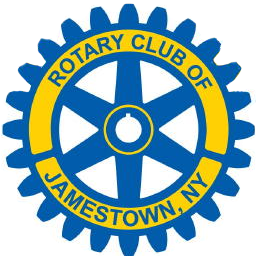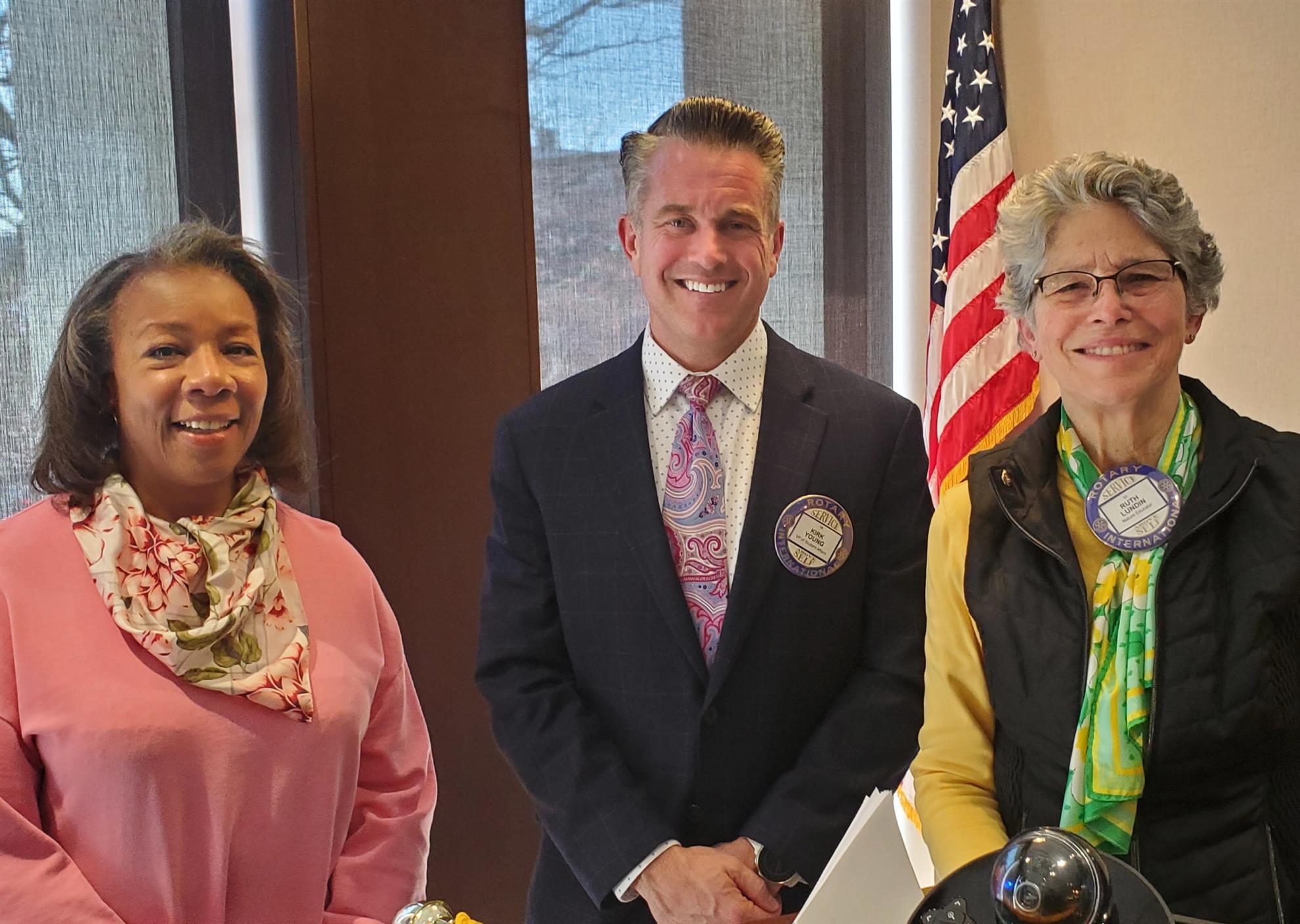
The day's program was then led off by Ruth Lundin, who along with Marion Beckerink and Kirk Young, had conducted a club-wide survey in which more than half of the club participated. The purpose of the survey was to identify key factors in membership satisfaction and in goal setting as members of the Jamestown Rotary Club. Key findings indicated that service to the community and an opportunity to connect with other local businesses ranked highest in motivations for joining Rotary, and that the speaker and opportunities to socialize with colleagues were the most important reason for attending meetings.

Considering the preferred frequency of meetings, staying with the current weekly schedule was the most popular but by only a slim margin over meeting bi-monthly or meeting weekly with one of them being a special organizational meeting. Meeting once per month was the least popular choice. Suggestions for meeting improvements were roughly divided between enhancing the meal quality and an undefined category called “Other” with only minor suggestions of improving the speakers or location.
Concerning attendance, by far the most important reason for missing meetings was based on work schedule conflicts. The most popular avenues of service included Highway Cleanup, reading and conducting mock interviews with students, and the annual Christmas Red Kettle campaign. Satisfaction with leadership and willingness to cooperate with future leadership decisions was very high. The most popular choices for fundraising events included a gala event, a raffle, and an auction in which most members would be eager to sell tickets, volunteer at the event, and bring guests. Concerning Rotary’s top areas of focus, opinion was nearly uniform in favoring basic education and economic development, only slightly ahead of advocating for peace, disease prevention, water and sanitation, and maternal and child health.
Concerning the top three strategies to help the club grow, the leading candidate was to increase the impact of projects within the community, followed by a campaign to increase membership, and to promote employer-sponsored membership. Preferred partnerships and collaborations for the Rotary included collaboration with other Rotary clubs followed closely by partnering with the YMCA, Chautauqua Works, and the Chamber of Commerce.
An answer to the question of what the membership hopes to accomplish in the next three years included the top suggestions of including local citizens in achieving goals not addressed or addressable by local public services, decreasing the average age of members, and fundraising that would bring the community into the program as donors and volunteers.
Following a review of the survey statistics, Kirk Young spoke about the importance of raising civic engagement within the community. In particular, the concept of the Servant-Leader and leadership-through-service should represent Rotary’s goal for community leadership. By making the needs of people Rotary’s highest priority, the club will echo a key component in the Rotary’s 4-way test: Service above Self.